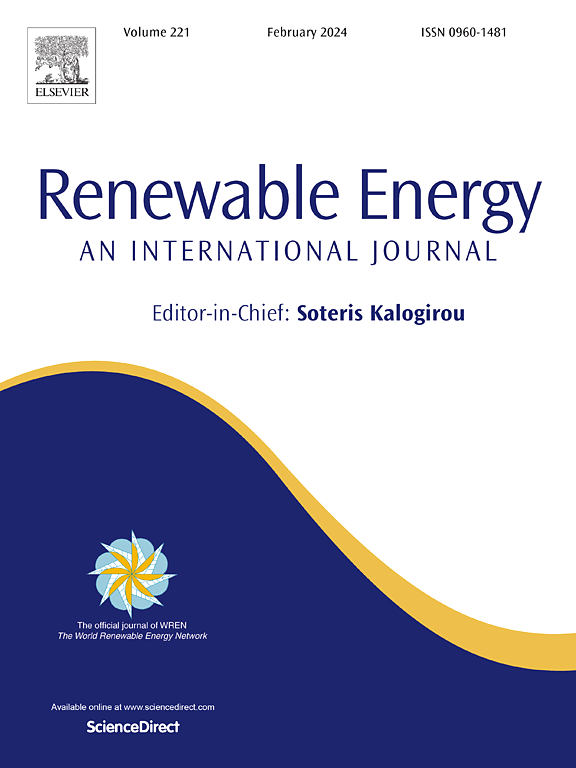A novel radiative cooling system with a dissimilar material-based compound parabolic concentrator for mitigating daytime solar radiation impact
IF 9
1区 工程技术
Q1 ENERGY & FUELS
引用次数: 0
Abstract
Radiative sky cooling (RC) is a promising passive heat dissipation technology for building energy conservation but suffers from sensitivity to daytime solar radiation and an inherently low cooling power density. To address these challenges, a novel dissimilar material-based compound parabolic concentrator (DCPC) is first proposed and integrated into an RC system. The asymmetric DCPC features a dissimilar material design: a transparent wing framework covered with a transparent infrared-reflective film (TIRF) on one side and a high-reflectivity mirror wing on the other, aiming to enhance solar shielding while maximizing thermal emission for RC panels. In this work, a mathematical model, validated through experiments conducted in Nottingham, UK, is developed to explore the effects of TIRF's optical properties and the module's tilt angle on cooling performance. Effects of diverse tilt angles for the DCPC-RC module are also analysed based on annual solar profile angles. The experiment results demonstrate that the DCPC-RC module's emitter can achieve sub-ambient temperature during the daytime. When located in Rome and tilted at 30° toward the anti-sunward side, it achieves an average cooling power density of 135.24 W/m2 within the solar profile angles of 40–50°, a 22.7 % increase over the horizontal module. This work establishes the DCPC-RC system as an efficient and scalable solution for enhancing passive cooling performance in energy-efficient buildings across diverse climatic conditions.
求助全文
约1分钟内获得全文
求助全文
来源期刊

Renewable Energy
工程技术-能源与燃料
CiteScore
18.40
自引率
9.20%
发文量
1955
审稿时长
6.6 months
期刊介绍:
Renewable Energy journal is dedicated to advancing knowledge and disseminating insights on various topics and technologies within renewable energy systems and components. Our mission is to support researchers, engineers, economists, manufacturers, NGOs, associations, and societies in staying updated on new developments in their respective fields and applying alternative energy solutions to current practices.
As an international, multidisciplinary journal in renewable energy engineering and research, we strive to be a premier peer-reviewed platform and a trusted source of original research and reviews in the field of renewable energy. Join us in our endeavor to drive innovation and progress in sustainable energy solutions.
 求助内容:
求助内容: 应助结果提醒方式:
应助结果提醒方式:


